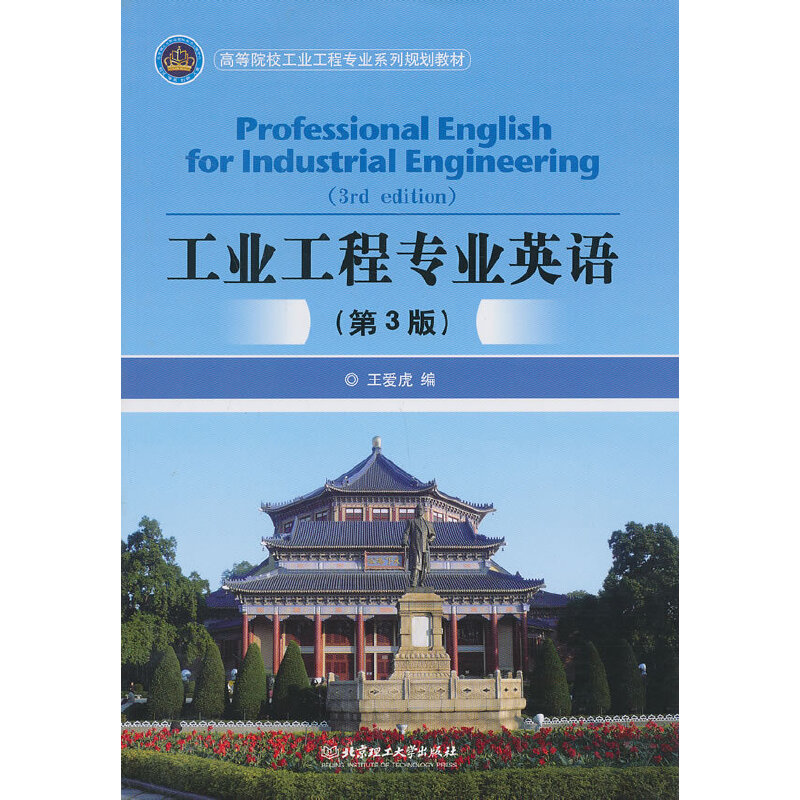高级英语语法教程(第二版)
作者: 邓文杰
出版时间:2009年6月
出版社:华东师范大学出版社
- 华东师范大学出版社
- 9787561759967
- 77548
- 0051151223-8
- 2009年6月
- H315.9
- 英语
- 本专科
本书力求突出创新与实用的特点,既注意吸取传统语法教学的精华,又重视融入转换生成语法和教学语法的新思想,同时注重理论与实践的结合。
本书可供英语专业本科生、研究生使用。
Introduction
0.1 Purpose and approaches
0.2 Hierarchical structure of English grammar
Chapter One Composition of NP and VP
1.1 Two formulae
1.2 Composition of NP
1.3 Composition of VP
Chapter Two NP: The Determiner
2.1 Membership
2.2 Collocation
2.3 Simple and compound determiner
Chapter Three NP: The Article
3.1 Reference
3.2 Idiomatic use
Chapter Four NP: Number,Case and Gender
4.1 Number
4.2 Case
4.3 Gender
Chapter Five NP: Modifiers and Pronoun
5.1 Modifiers
5.2 Pronoun
Chapter Six VP: The Tense
6.1 Two tenses and no more
6.2 Sense of time
6.3 Tense and time
Chapter Seven VP: The Aspect
7.1 Progressive
7.2 Perfective
7.3 Perfective progressive
Chapter Eight VP: The Passive Voice
8.1 Form of the passive
8.2 Condition and constraints for the use of the passive
8.3 Expressions active in form but passive in meaning
Chapter Nine VP: The Mood and The Means of Denoting The Future Time
9.1 The mood and the moods
9.2 Mandative and formulaic
9.3 Means of denoting the future time
Chapter Ten VP: Modal Auxiliaries
10.1 Orientation
10.2 Significance of the distinction of the two orientations
10.3 Main modals
10.4 Comparisons
10.5 Negation
Chapter Eleven NP and VP: The Adjective and The Adverb(1)
11.1 Syntactic functions of the adjective
11.2 Syntactic classification
11.3 Semantic classification: stative vs.dynamic,gradable vs. Non-gradable
11.4 Adverb as phrasal element
11.5 Adverb clausal element
Chapter Twelve NP and VP: The Adjective and The Adverb(2),The Preposition
12.1 Adverb“with two forms”
12.2 Degrees of adjective and adverb
12.3 Preposition
12.4 Collocation
12.5 Idiomatic use and ellipsis of the preposition
Chapter Thirteen Transformation: Varieties to The Clause Patterns
13.1 Transformation and expansion
13.2 Existential sentence and sentence in which it is involved
13.3 Transformed sentences where it is involved
Chapter Fourteen Transformation: Statement,Question,Command and Exclamation
14.1 Statement
14.2 Question
14.3 Command
14.4 Exclamation
Chapter Fifteen Transformation: Fronting and Postponement
15.1 Fronting
15.2 Inversion
15.3 Postponement
15.4 Fronting and postponement
Chapter Sixteen Transformation: Substitution and Ellipsis
16.1 Substitution for noun phrases and their constituents
16.2 Substitution for clauses or clause constituents
16.3 Ellipsis
Chapter Seventeen Expansion: From NP to Clause
17.1 NP1 realized by finite and non-finite clauses
17.2 (NP4) realized by finite and non-finite clauses
17.3 (NP2) realized by finite and non-finite clauses
17.4 Finite and non-finite clauses as objects of prepositions
Chapter Eighteen Expansion : From(C)to Clause
18.1 Nominal clauses as(Cs)
18.2 Adjectival clauses as(Co)
Chapter Nineteen Expansion: From(M)to clause
19.1 Clauses as(M1)
19.2 Finite clauses as(M2)
19.3 Non-finite clauses as (M2)
Chapter Twenty Expansion: From [ A ] to Clause(1)
20.1 Semantic classification and description
Chapter Twenty-one Expansion: From[A] to Clause(2)
21.1 Position in clause
21.2 Dangling clause and its acceptability
21.3 Syntactic classification
Chapter Twenty-two Expansion: Coordination and Apposition
22.1 Syndetic and asyndetic coordination
22.2 Syntactic features and semantic implications of coordinators
22.3 Correlatives and some other points about coordination
22.4 Apposition
Chapter Twenty-three Sentence Analysis: Phrase Structure Rules
23.1 Phrase structure rules(1—3)
23.2 Supplementary features provided by the phrase rules
23.3 Practice of sentence analysis
Chapter Twenty-four Sentence Analysis: Transformed Sentences
24.1 Transformed sentences
24.2 Pr










